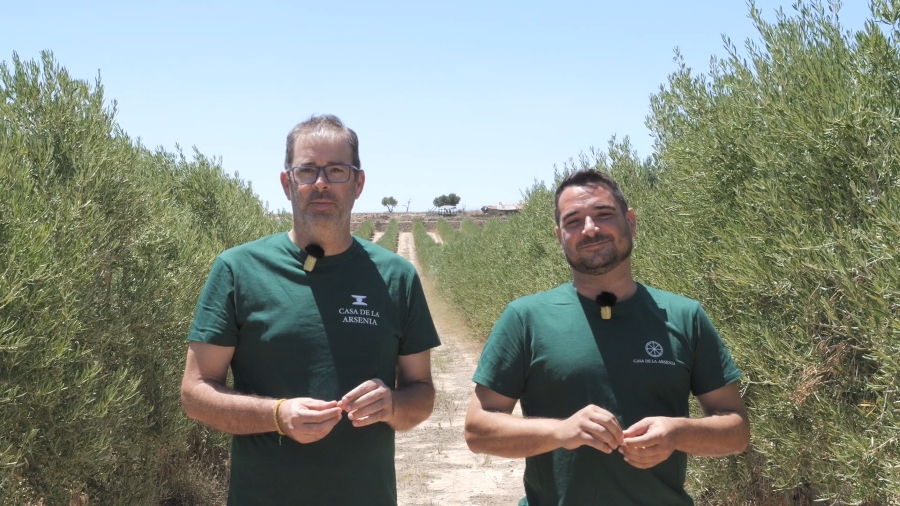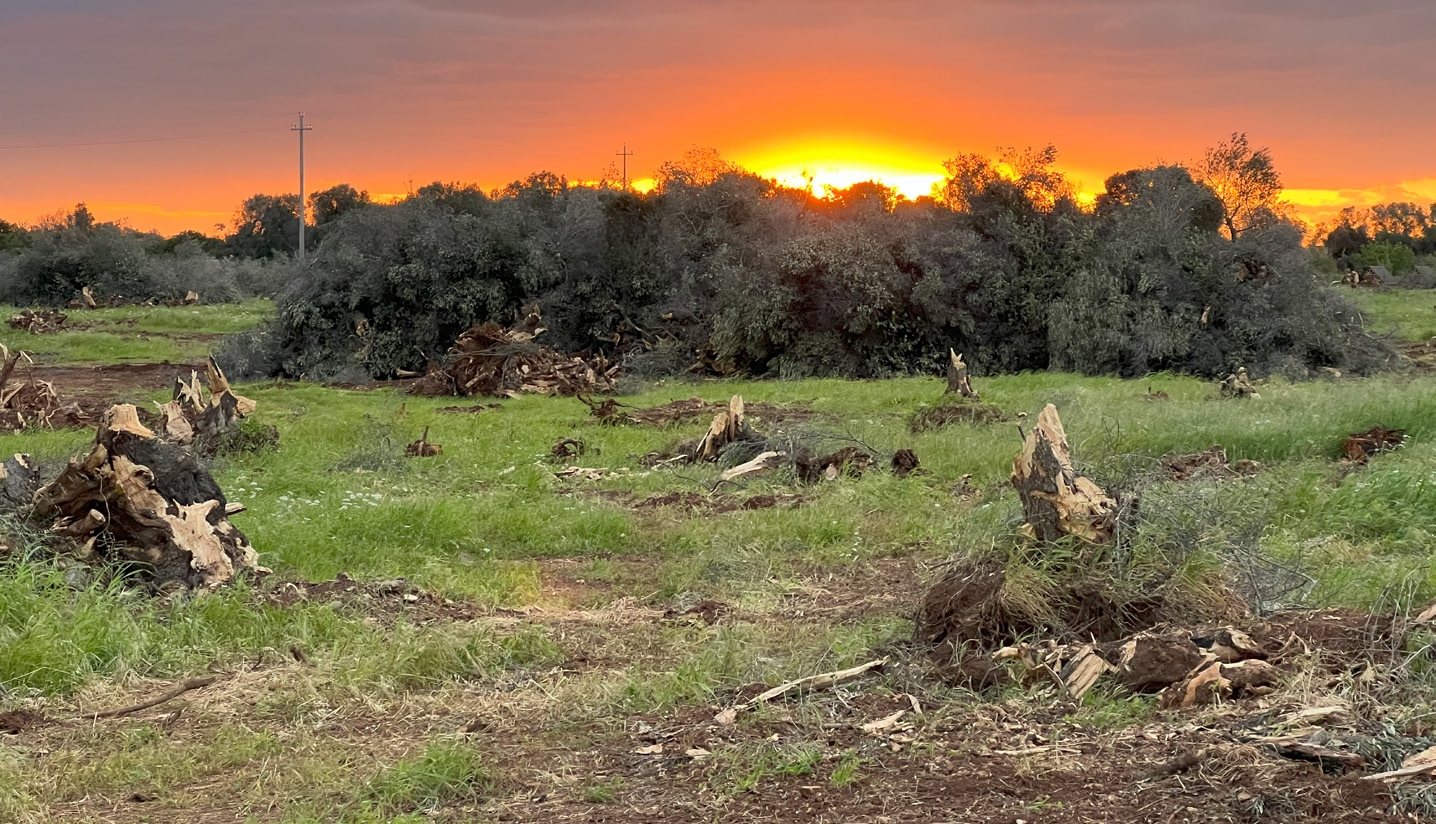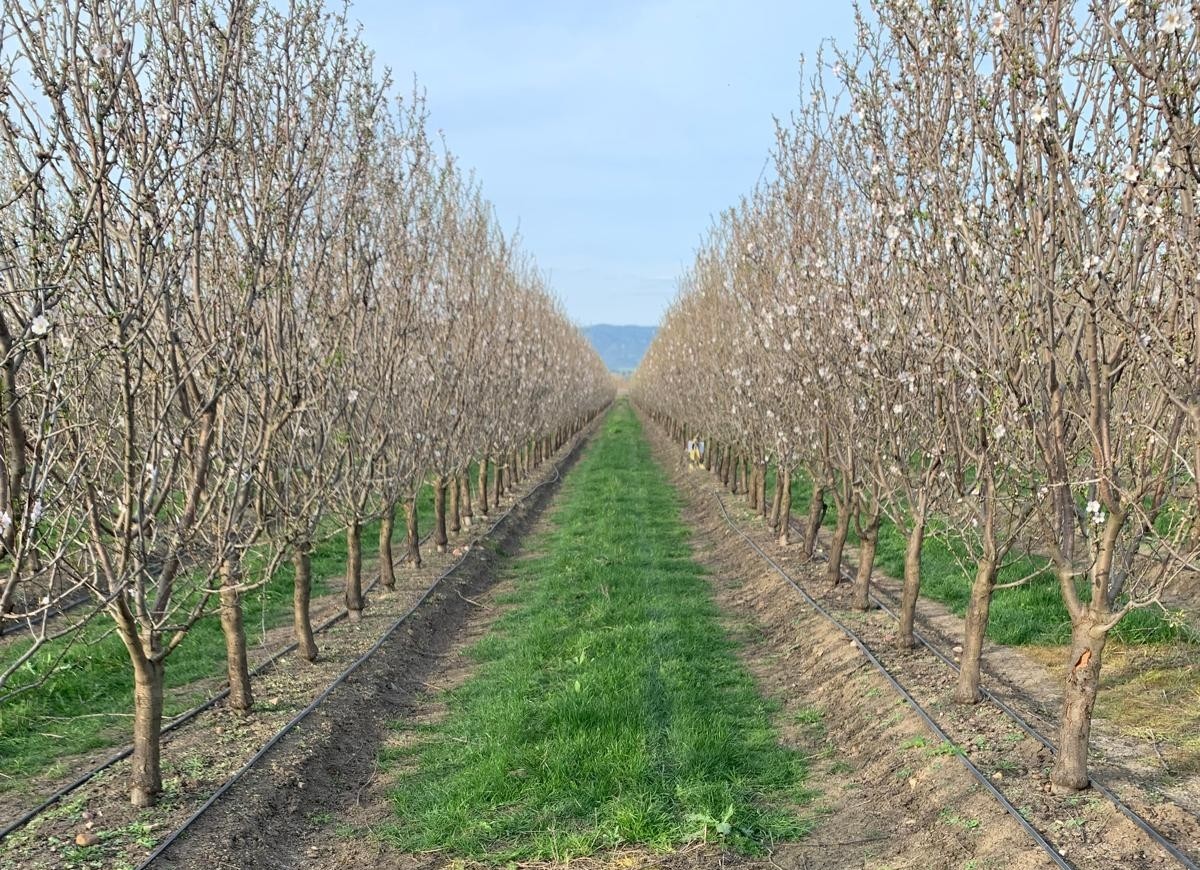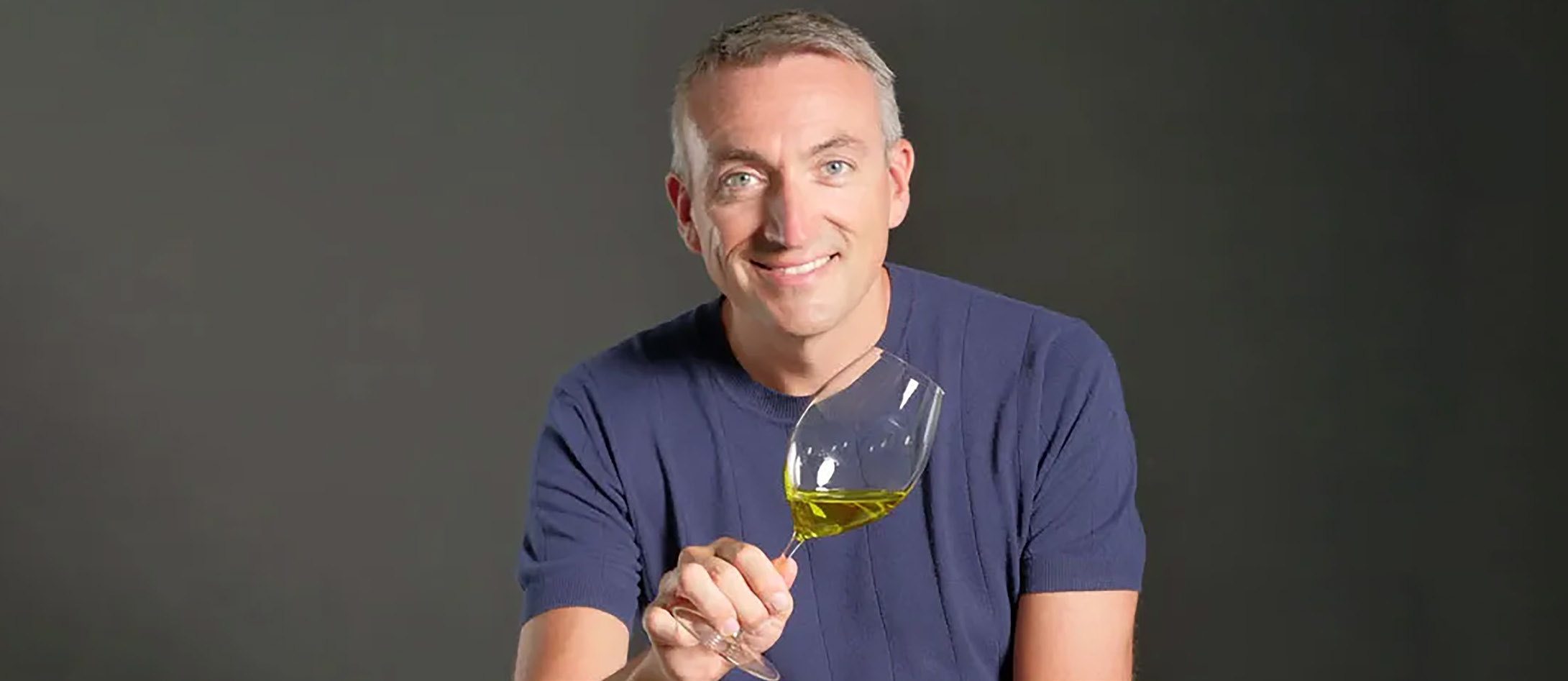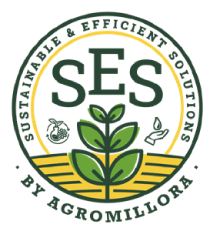Pavone Farm: The Evolution of Tradition in Agriculture, Olive Oil, and Hospitality
Interview with Lorenzo Pavone, Administrator at Pavone Farm
What is the story behind Pavone Farm, and how did the idea of combining agriculture with olive oil tourism come about?
You describe yourselves as “The Evolution of Tradition.” How would you define that evolution?
What does maintaining a diversified agricultural estate mean to you, including traditional and super-intensive olive groves along with other crops?
What stands out to you about the super-intensive olive grove model compared to the traditional one?
Adopting the super-intensive model was a complex shift: you no longer work just as an olive grower, but more like a fruit and vegetable farmer. It requires more agronomic attention but also allows for a significant reduction in production costs. It’s a sustainable model economically as well and has helped us better integrate olive cultivation into our business.
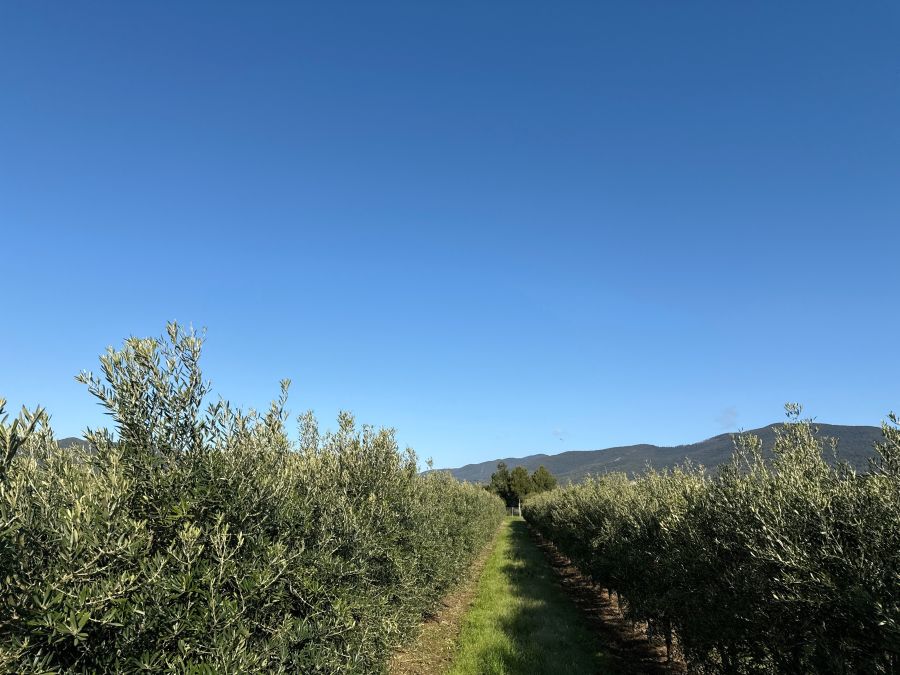
Why did you choose the Coriana and Lecciana varieties for your 8-hectare estate?
From a profitability standpoint, what results have you seen so far with the super-intensive olive grove?
What advice would you give to other farmers considering investing in this cultivation model?
It’s one of the few crops I’d recommend even to those without an agricultural background. With the right technical support, excellent results can be achieved even with a small team. However, it’s essential to have specific skills—or at least rely on experienced technicians.
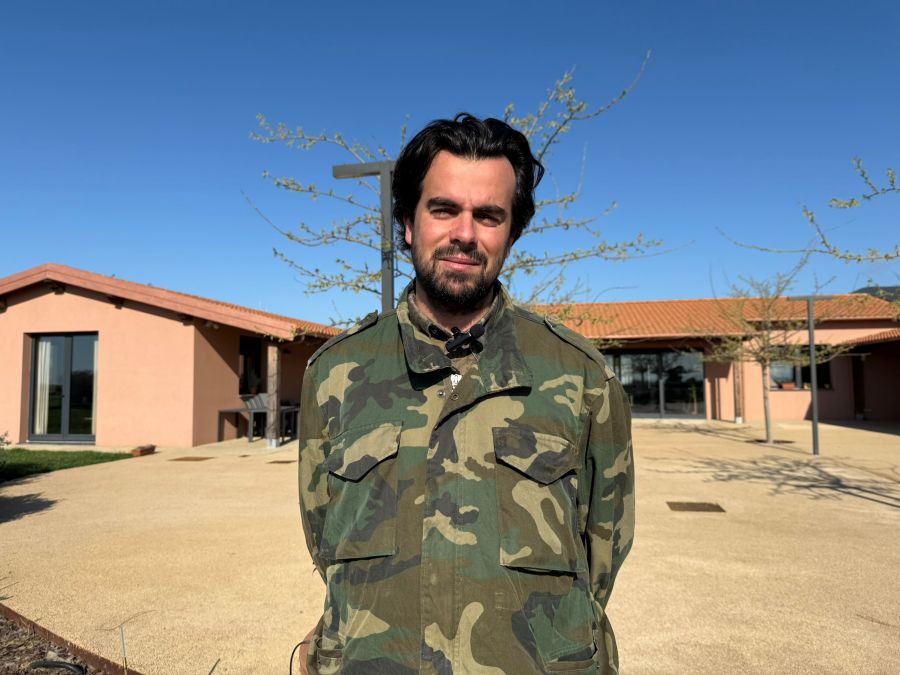
What techniques or technologies do you use to optimize olive grove yield and ensure oil quality?
How might innovation and new cultivation models influence your olive mill operations?
What initiatives have you implemented to attract visitors interested in olive oil tourism?
We have two key facilities: a year-round agritourism with independent guest apartments, and a farm-to-table gastronomy shop opened in 2023. Here, we process all our products—fresh produce, preserves, pickled vegetables, jams, sauces, and of course, olive oil. Everything is grown, processed, and sold within the farm.
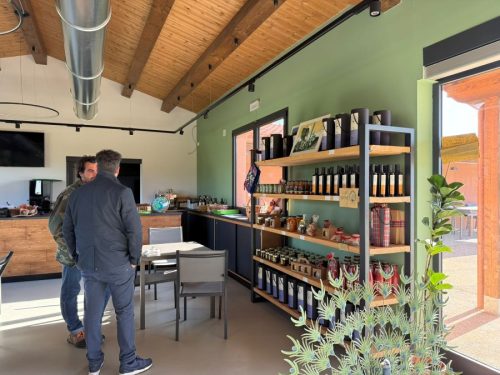
What are the next steps for Pavone Farm in terms of agricultural or tourism expansion?
We’re constantly evolving, always attentive to the opportunities offered by the land and the market. After achieving strong results with super-intensive olive cultivation and tourism, we’re exploring new synergies and future developments—always staying true to our agricultural roots.


